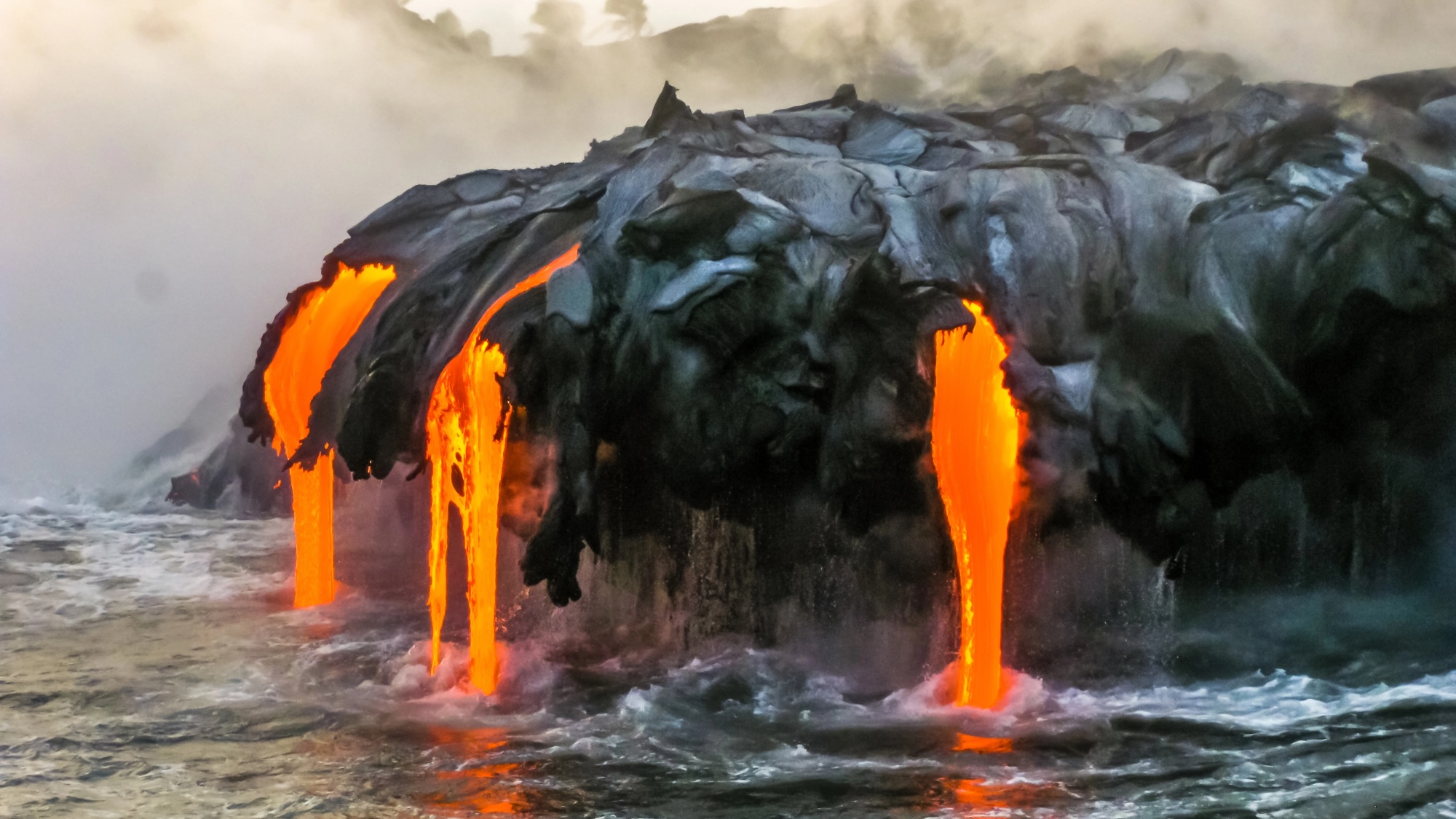As you read this, the North American continent’s underside is dribbling away into Earth’s molten mantle. And according to researchers at the University of Texas at Austin, this may be the first time anyone’s analyzed this geological phenomenon called “cratonic thinning” in real time. The team recently published their findings in the journal Nature Geoscience.
Cratons are ancient, huge rock formations that compose portions of the planet’s continents. Although they often maintain their stability for billions of years, geologic regions occasionally shift in ways that can cause entire layers of rock to disappear during a process known as cratonic thinning or cratonic dripping. One documented example occurred in the North China Craton’s deepest root layer millions of years ago. However, until recently, scientists hadn’t had a chance to study the process as it happened. But maybe not for long.
During the development of a new, full-waveform seismic tomographic model of North America at UT Austin geoscientist Junlin Hua and colleagues noticed odd behavior at the border between Earth’s deep mantle and its thinner lithosphere.
“We made the observation that there could be something beneath the craton,” Hua, a study co-author now a professor at China’s University of Science and Technology, said in a statement. “Luckily, we also got the new idea about what drives this thinning.”
Their tomographic modeling suggests that an oceanic tectonic plate known as the Farallon Plate underneath a large portion of the Pacific Ocean may be to blame. First seismically imaged in the 1990s by study co-author Stephen Grand, the Farallon Plate has spent the last 200 million years subducting underneath North America. Although separated from the craton-in-question by about 370 miles, the Farallon Plate appears to be redirecting mantle material flow into a path that melts away the bottom of the craton. The resulting activity is potentially releasing volatile compounds t, which weaken the larger craton base.
“A very broad range is experiencing some thinning,” said Hua.

To test this theory, Hua and colleagues ran their computer model with and without the inclusion of the Farallon Plate. When it was in the model, the craton dripped.Once removed, the dripping ceased altogether.
“You look at a model and say, ‘Is it real, are we overinterpreting the data or is it telling us something new about the Earth?,’” said study co-author and planetary sciences professor Thorsten Becker. “But it does look like in many places that these blobs come and go, that it’s [showing us] a real thing.”
Becker underscored the importance of such discoveries by explaining how they assist planetary scientists in better understanding Earth’s evolutionary history.
“It helps us understand how do you make continents, how do you break them, and how do you recycle them [into the Earth,]” he said.
The dripping appears to be focused primarily under the US Midwest, but that doesn’t mean residents in places like Topeka or Cleveland don’t need to worry. Processes like cratonic dripping influence tectonic activity over the course of millions of years. Not only that, but similar events generally stop once the Farallon Plate’s remnants sink deeper into the mantle and cease affecting the North American craton.


